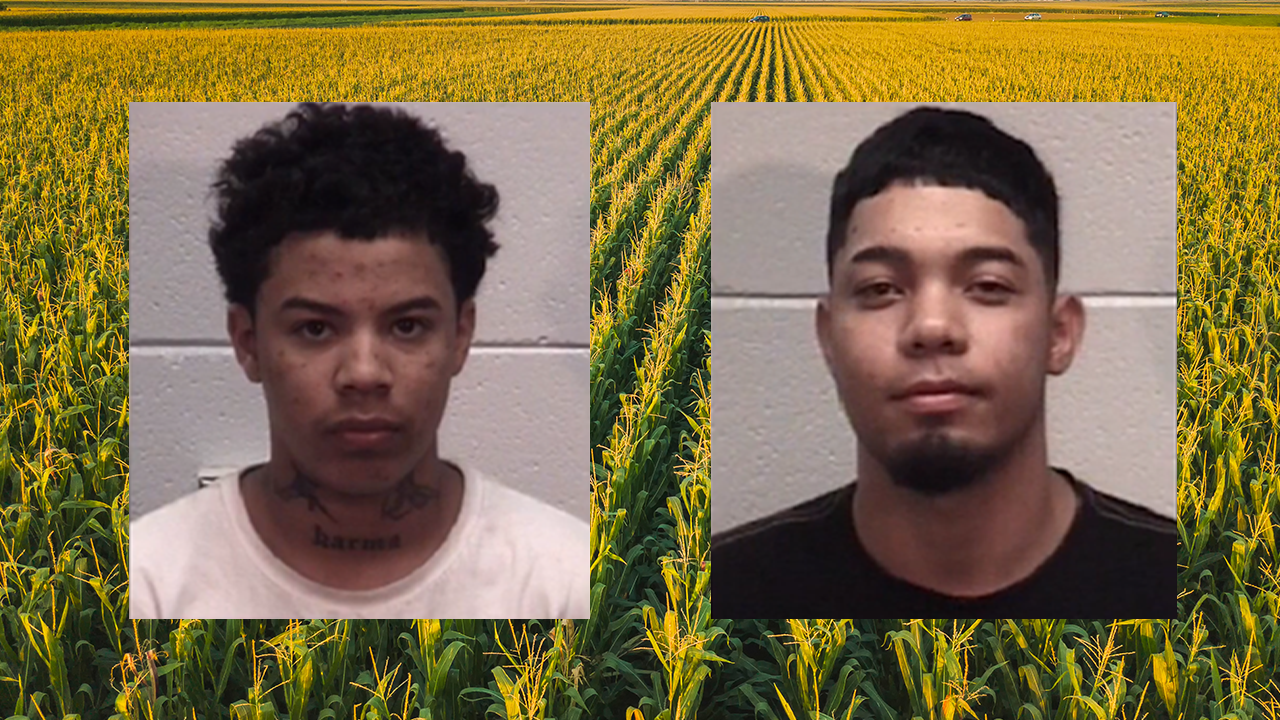Politics
Alleged fentanyl-smuggling immigrants lead police on dangerous cornfield chase

A High-Speed Chase and Deadly Discovery
In a thrilling incident that unfolded on October 24 in Grundy County, Illinois, a high-speed chase captivated the attention of law enforcement and the public alike. Two undocumented immigrants, Roybin Barahona, 18, and Cristhian Anahel Erazo Velasquez, 23, were pursued by authorities through a cornfield. The pursuit ended with a dramatic intervention as law enforcement rammed their vehicle, prompting the suspects to flee. The situation took a dire turn when a search of their abandoned car revealed seven pounds of fentanyl, a potent and deadly opioid. Both men were subsequently charged with drug trafficking and resisting arrest, underscoring the serious implications of their actions.
The Fallout of Illinois’ SAFE-T Act
The legal proceedings following the arrest highlighted the contentious Illinois SAFE-T Act, which eliminated cash bail in 2023. As a result, Barahona was released without bail and reportedly fled to California, evading further legal consequences. In contrast, Velasquez remained in custody, with the Department of Homeland Security filing a detainer against him. This case draws attention to the debates surrounding bail reform and immigration policies, raising questions about the balance between justice and public safety.
Local Leaders Speak Out Against Sanctuary Laws
Grundy County Board Chairman Drew Muffler expressed frustration over Illinois’ sanctuary laws, attributing the incident to the state’s policies. He criticized the restrictions on law enforcement cooperation with federal immigration authorities, arguing that such policies undermine public safety. Muffler’s comments reflect broader concerns among local officials about the challenges posed by sanctuary laws in enforcing immigration regulations effectively.
Chicago’s Sanctuary Stance Amid a Migrant Crisis
Chicago Mayor Brandon Johnson has reaffirmed the city’s commitment to sanctuary policies, despite an influx of over 51,000 migrants since 2022. Johnson’s stance includes resisting federal immigration enforcement, particularly in sensitive locations like churches and schools. This approach has drawn both support and criticism, highlighting the complexities of balancing humanitarian concerns with public safety and resource allocation.
Sanctuary Laws and the Broader Debate
The incident in Grundy County and Chicago’s sanctuary policies have reignited the national debate on immigration. Proponents argue that sanctuary laws protect vulnerable communities and uphold human rights, while critics, including local law enforcement, contends that they hinder efforts to address crime and illegal immigration. This debate reflects the broader tensions between state and federal roles in immigration enforcement.
Public Reaction and the Ongoing Immigration Debate
Public reaction to these events is divided, with some expressing concern over the implications for public safety and others highlighting the need for compassionate immigration policies. The case of Barahona and Velasquez serves as a microcosm of the challenges in balancing justice, safety, and humanitarian concerns in immigration debates. As the situation evolves, it continues to fuel discussions on the effectiveness of current policies and the need for comprehensive immigration reform.